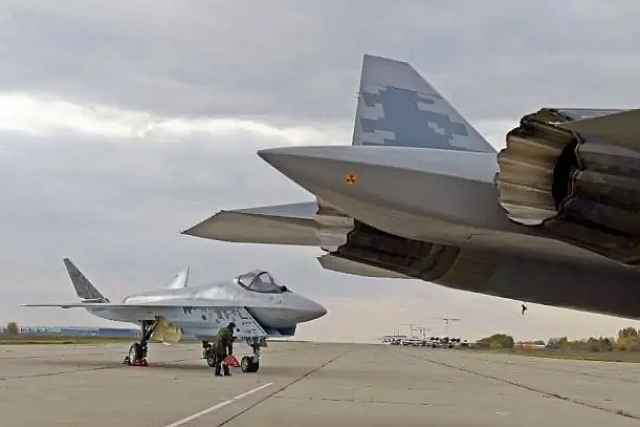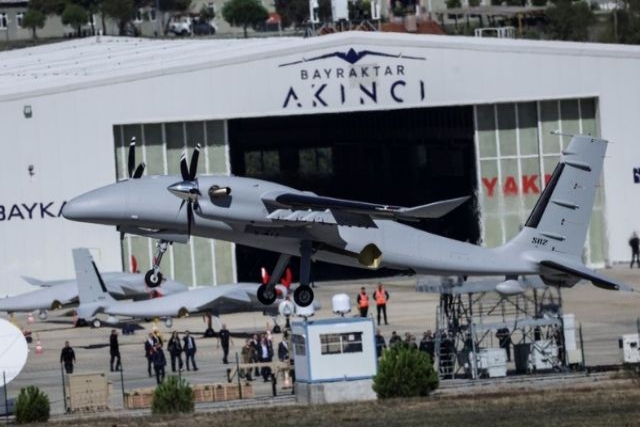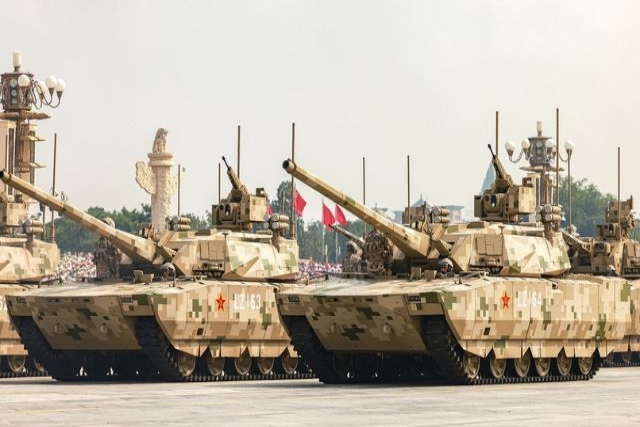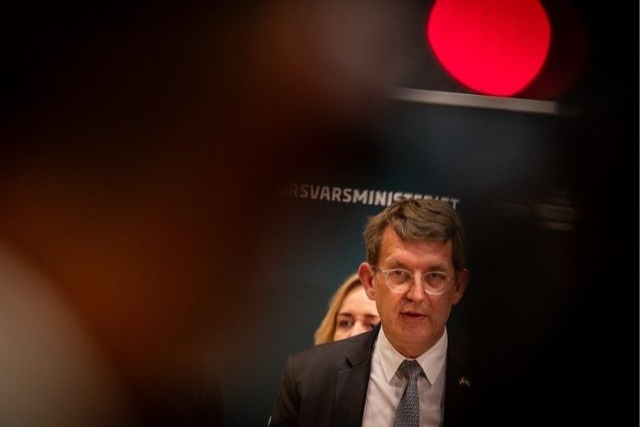Indian Military To Start Training in UAV Command and Control
The Indian military’s Tactics and Air Combat Development Establishment (TACDE) is in the process of including command and control of Unmanned Aerial Vehicles (UAVs) in its curriculum.
This shows the growing importance of UAVs in the army’s military strategy. UAVs have now become the first choice as a low altitude reconnaissance asset and Unmanned Combat Aerial Vehicles (UCAVs) are increasingly being used in precision-attack among the world’s major armies.
While the training institution based in India’s Madhya Pradesh state – considered one of the best in the world – was initially geared towards training fighter pilots only, over time it has also included training of those aircrafts that are called ‘force multipliers.’ These include training of pilots of air-to-air refuelling tankers; Aerial Warning and Control Systems (AWACS) aircrafts; and now those who are the ground-based controllers of the UAVs.
There has been a debate in the USA, the country that uses UAVs and UCAVs the most, whether these ground-based controllers should be called ‘pilots.’ That debate is close to being resolved in favour of the controllers being called ‘pilots.’
India Air Force has a much smaller inventory of UAVs and yet to build or acquire UCAVs. But there is a much discussed process that is continuing, about getting the unmanned vehicles in larger numbers. So naturally there is a growing demand ‘pilots’ who can fly these ‘aircrafts.’
Once the country gets UCAVs, they will also engage in aerial combat and will be ‘killing’ enemies. They will then have the chance of entering the changing rooms for fighter aircraft pilots with the
India not-too-friendly neighbours, Pakistan and China both have a significant inventory of UAVs and UCAVs. Recently, Pakistan announced that it has shot at terrorist targets using a home-grown UVAC which launched an-air-to-ground missile to score a precision hit.









